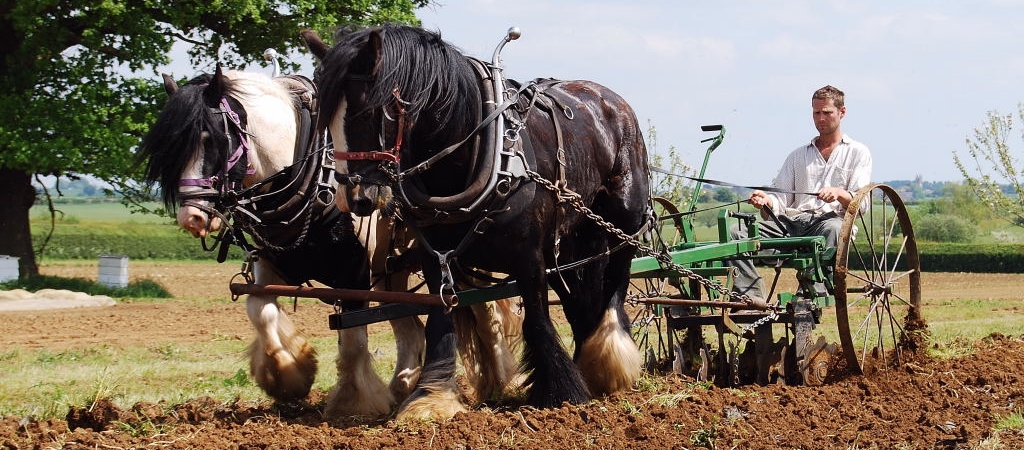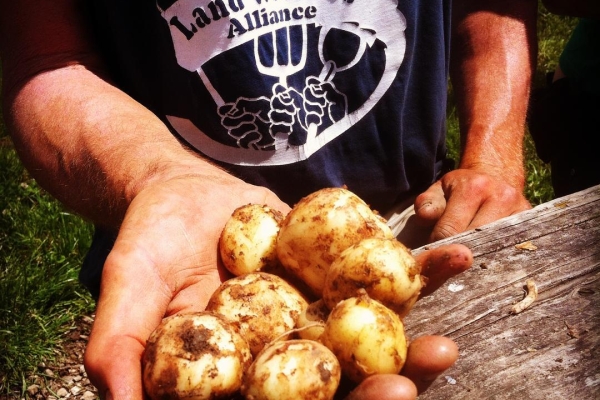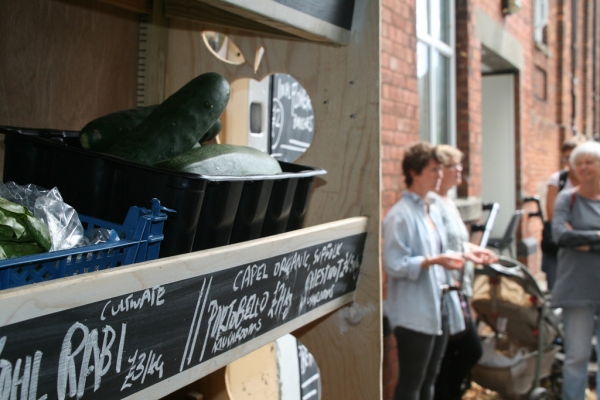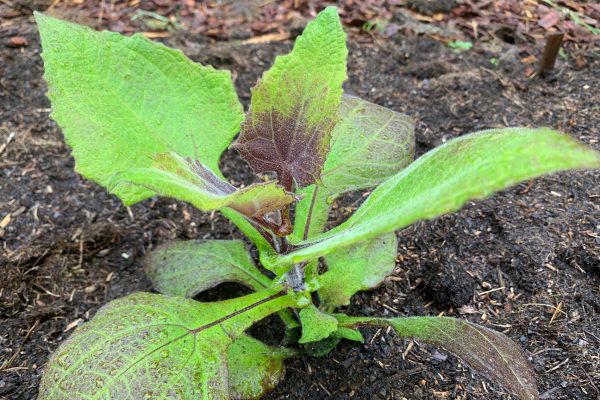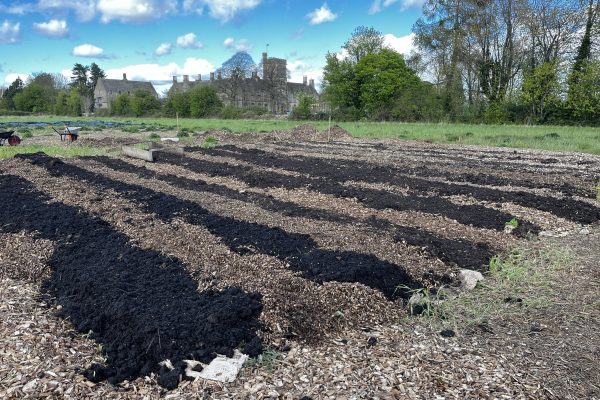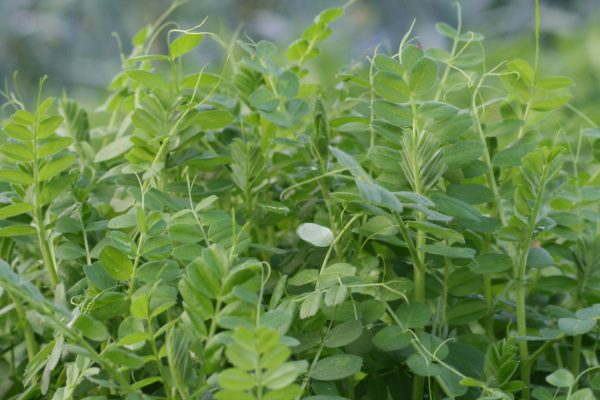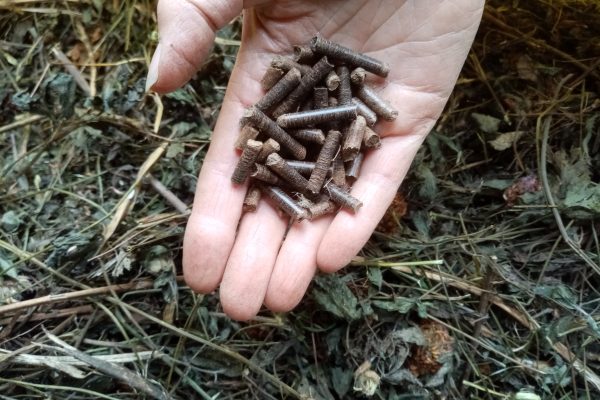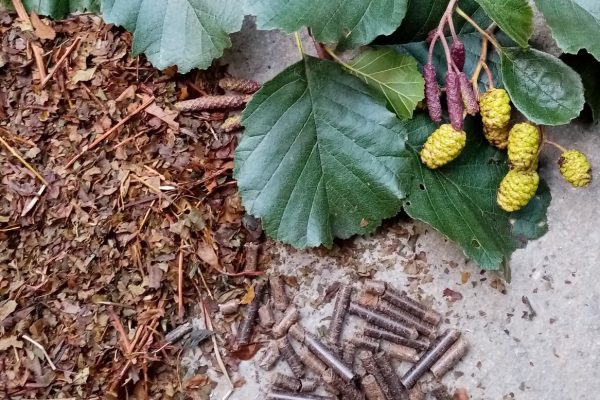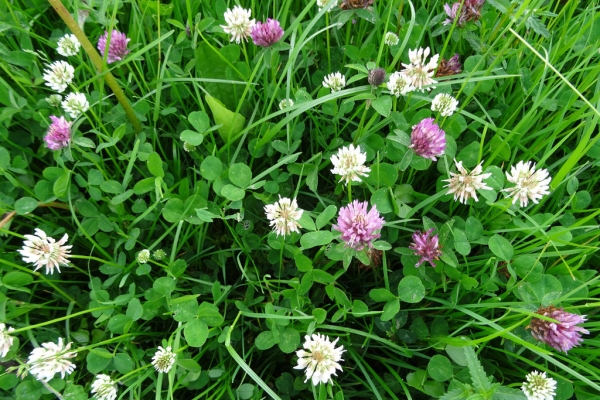Ed Hamer
Chagfood Community Market Garden
Chagfood is a community-supported market garden supplying a seasonal ‘share of the harvest’ to 90 households across the north-east edge of Dartmoor. As a Community Supported Agriculture (CSA) farm, Chagfood’s customers become ‘members’ and commit to support the farm with an annual subscription. This subscription supports the farm with a guaranteed market and shares the risks as well as the rewards of the enterprise with our customers. In return our customers are a lot more connected to the people, the fields, the weather, and the seasons that deliver their share of the harvest each week.

We currently grow more than 50 different varieties of vegetables across 6 acres of land including potatoes, onions, carrots and leaf beets, squashes and legumes, and a range of cabbages, kales, tomatoes and cucumbers under cover. We offer ‘shares’ in 3 sizes; small, medium and large, typically containing 7, 12 and 15 items respectively each week. Average annual yields include potatoes – 8 tonnes/acre, onions – 3.5 tonnes/acre, carrots – 9.5 tonnes/acre, cabbage – 950 heads/acre and squash – 6 tonnes/acre.
CSA is a relatively new model of farming in the UK but is growing with popularity year-on-year specifically because it offers an alternative for farmers to spread their risk. Farming is quite unique as an industry in that you start off producing a product that you can’t guarantee won’t be wiped out by pests or disease or adverse weather. This is the reason why many farmers rely on synthetic fertilisers, pesticides and herbicides; to minimise their risk and maximise their chance of being paid for all of their hard work. By contrast, CSA aims to minimise this risk further still by sharing it directly with the consumer. In a good season, CSA members can expect to receive a bountiful share of the harvest, but in a bad season, they accept they may receive lower quality or yields. In this way the consumer feels directly connected to the risks and rewards of the farm enterprise.
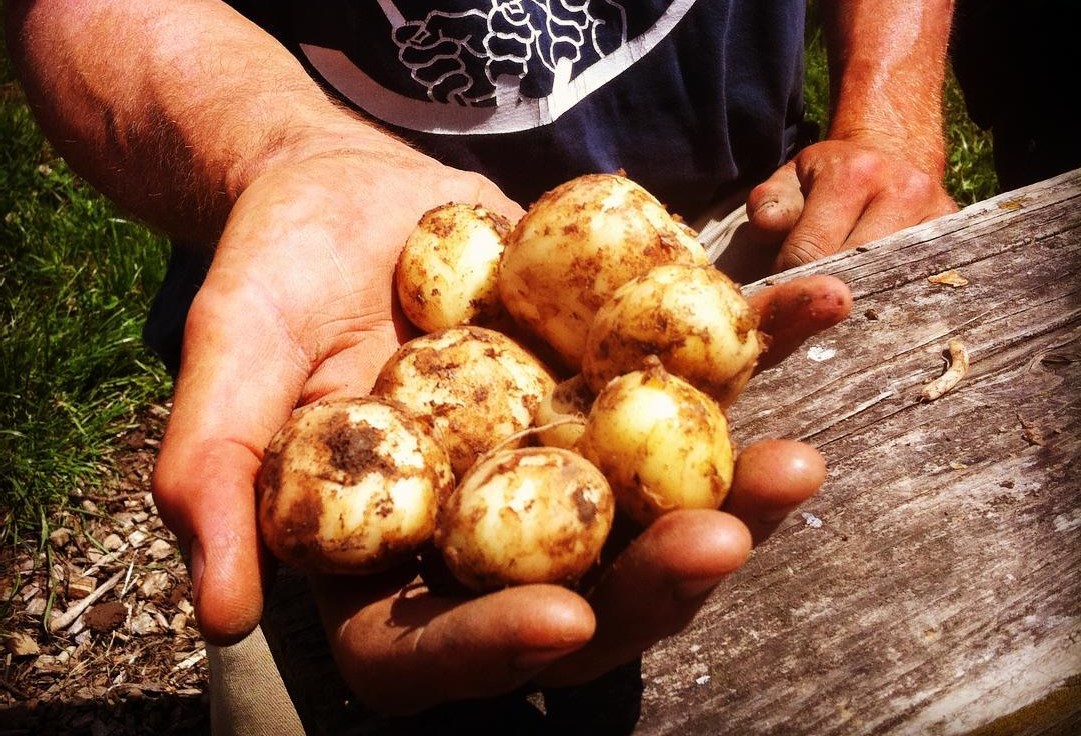
Sustainability in practice
Building fertility through having 2 blocks of green manures within an 8 block horticultural rotation
The concept is that green manures form the basis of building fertility and soil structure on the farm. The 2 year ley also allows the soil to rest and build up a healthy population of soil microbes before it is cultivated in the third year.
We practice a strict 8 block organic horticultural rotation in which we include two blocks of ‘green manures.’ Essentially this means that every block in our rotation is rested under a fertility-building ley for 2 out of every 8 years. The remaining 6 blocks are accounted for by: 1: potatoes, 2: early brassicas, 3: alliums, 4: cucurbits and legumes, 5: umbellifers and leaf beets and 6: late brassicas. In this way we make sure there is always a 4 year gap between brassica plantings to minimise soil-borne pests.
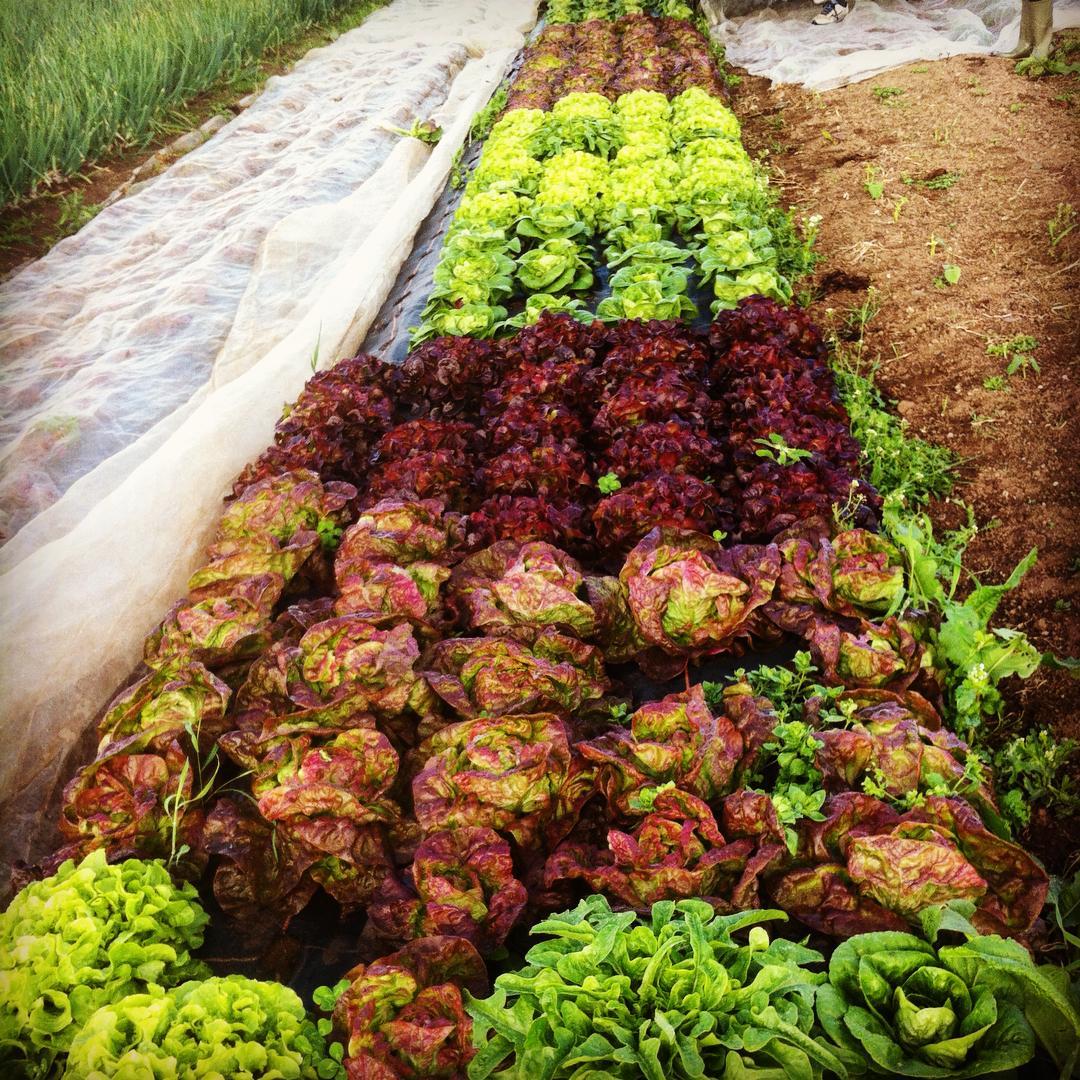
We discovered this technique from visiting several small-medium scale market gardens and taking the best bits of each of the systems we witnessed, combined with the opportunities and constraints provided by our particular growing site.
This technique has resulted in a marked increase in populations of soil biota over the 7 years we have been practicing it – along with a significant increase in field-scale wildlife and ecology. The quality and yields of the crops we produce has also increased proportionally over time.
Advice for others considering green manures for building fertility and soil structure is to choose the appropriate seed mix for your soil type, to prioritise a two-year, as opposed to a single-year ley, as clovers and legumes will have significantly longer to fix nitrogen in the soil, and to try, as far as possible, to regularise the size of the blocks in your rotation (keep them all exactly the same size) in order to simplify cultivations and the rotation.
Motivations
At Chagfood we aim to reconnect our community to their local farming culture. A healthy agri-culture is the foundation of successful agroecology.
“At Chagfood we aim to reconnect our community to their local farming culture. A healthy agri-culture is the foundation of successful agroecology.”
I was born and brought-up in the small rural community of Chagford and have lived here my whole life. From my early teenage years I began working on local farms for pocket-money and developed a range of skills and experience specific to our local agri-culture; livestock management, sheep shearing, hedgelaying, stone-walling, tractor driving etc. This practical experience inspired me to study agroforestry at Bangor University following which I also trained in journalism while continuing to work part-time on local farms. For several years I worked part-time as agricultural editor for The Ecologist magazine, during which I wrote an article on the emergence of CSA in the UK. After visiting several CSA farms up and down the country, I decided to try and start a CSA in my own community.
From my practical experience working on a range of farms as I was growing up I quickly realised that the farms producing the highest quality produce, and those that were most fulfilling to work on, were those prioritising the health of their soils and employing ‘organic’ management. After learning more about the science of organic husbandry at university I soon realised there were a range of additional benefits to organic farming including minimising inputs and maximising self-sufficiency, improved animal health and welfare, cutting carbon emissions, and improved ecology and wildlife on the farm. Put simply – organic farming represents truly responsible farming practice in considering the pressures of global resource use at a very local level.
My motivations for farming are, firstly, to allow me to continue living and bring up my family in the rural community in which I grew up. Secondly, to produce the highest quality fresh and seasonal produce for my family and my local community, and thirdly, to demonstrate best practice in terms of a truly resilient farming model for the future.
Our future goals are essentially to continue to increase our production at a steady rate to meet increasing local demand for our high quality produce. To excel at the efficiency with which we are able to cultivate, weed and harvest our crops, and to demonstrate that it is still possible to earn a decent livelihood from farming without having to follow the prescribed model of ‘getting big’ or ‘getting out.’
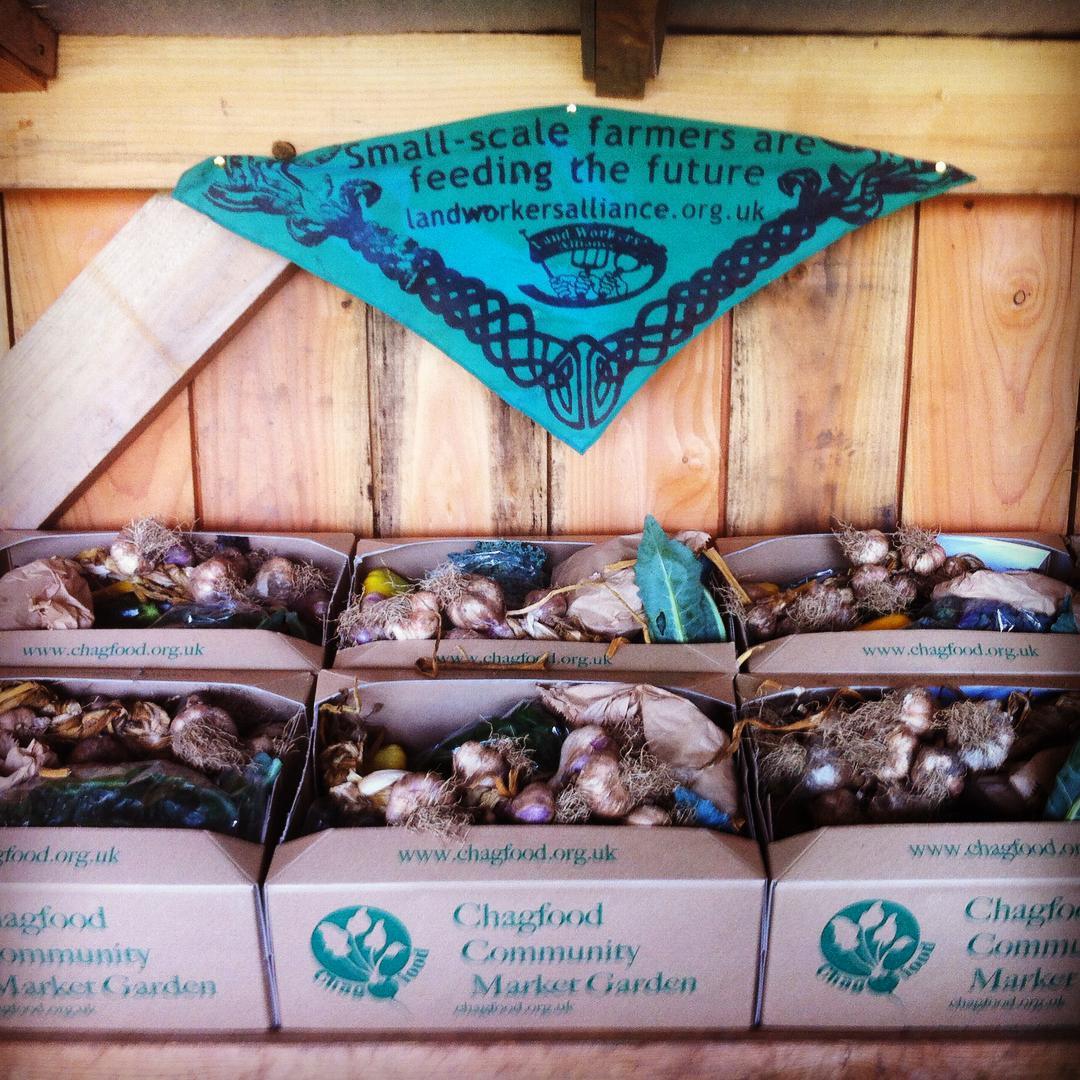
Our greatest achievement to date has been the success with which we have been able to establish an inspirational model of a CSA in a rural setting within the UK. We run regular well attended courses on setting-up and scaling-up CSAs to inspire others to do the same in their communities across the UK.
Farmer tips
- Choose the appropriate green manure seed mix for your soil type.
- Prioritise a two-year green manure ley to give clovers and legumes longer to fix nitrogen in the soil.
- Try to regularise the size of the blocks in your rotation to help simplify cultivations.
- To start getting crops early into the ground in the spring, ridge up any spare ground you are going to put a green manure on in the autumn, broadcast a green manure onto the ridges, and overwinter on the ridges. The ridges drain the soil much better than on flat soil, you have a larger surface area than flat ground, ridges warm up much quicker in the early spring sunshine, & you’ll be able to get on the ground a couple of weeks earlier.
- Plant cucurbits in recycled tyres (see here), laid on top of mypex to prevent rubber leaching into the soil; this can protect seedling leaves from cold winds by acting as a wind break & also creates a warmer micro climate; particularly good if growing on an exposed site or high altitude, & helps mitigate effects of a shortened season.
All photos courtesy of Ed Hamer and Chagfood Instagram
You can find out more about activities at Chagfood Community Market Garden by following on social media.
